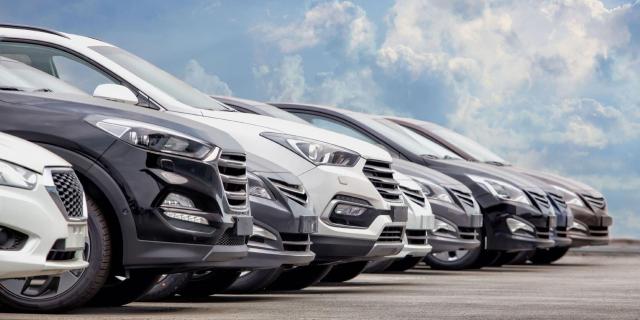Slowing down the climate change is everyone’s responsibility. The automobile sector is evolving and in five years’ time the transition from petrol or diesel to electricity will be a given.
In 2018, pure internal combustion engines (ICE) still accounted for 95% of all passenger car registrations in Europe. Within the next 5 years this will drastically change, with electrified vehicles making up almost half of the market by 2025 and growing to more than 70% by 2030. This shift away from petrol and diesel to electrified vehicles will be as drastic as the drop of diesel in the last few years and there are very good reasons for explaining this change.
Five decisive factors that will accelerate the transition to electric
The first factor is European Regulation is forcing car manufacturers to invest heavily in cleaner technology. The second is the cost of regulation pushes up the cost of ICE vehicles. The third factor is the increasing range of electric vehicles. The penultimate factor is the image of diesel vehicles among the general public. And the fifth and final factor is the introduction of more and more low-emission zones and of tax measures that encourage the purchase of electric cars. The white paper also provides ten reasons to integrate electric cars into your fleet and tips on how to make this transition as smooth as possible.
It is important that electric cars are considered a real option when they are relevant to use, full TCO (Total Cost of Ownership) and user satisfaction.
Choosing the optimal fuel is not everything; the sustainable management and energy transition of vehicle fleets must also be considered. This requires a good balance between information, assistance in making (good) decisions, monitoring the achievement of sustainable objectives and training the drivers. Arval helps you with this transition.
How do I get started? Thanks to its SMaRT (Sustainable Mobility and Responsibility Targets) approach, which includes profiling of drivers, extrapolation of fleet data and alternative mobility solutions, Arval Consulting helps you to draw up your roadmap for the coming years.
Contact your business manager or contact Arval Consulting by e-mail. You can also call us on 02 240 01 99. Download the white paper here below.
Get to know the jargon of the electric car with our glossary
- BEV (Battery Electric Vehicle)
This term refers to electric cars with a battery. These cars are powered by the electromotive force of an electric motor. They are equipped with batteries with a large autonomy, which are recharged when the car is stationary and from fixed charging stations.
- EREV (Extended Range Electric Vehicle)
This is a car with an extended range. This term refers to cars that are powered mainly by electricity. However, they are equipped with an alternator or auxiliary combustion engine that allows the batteries to be recharged while the car is running.
- Full Hybrid
This is a car with two engine types that use different energy sources, usually fossil fuel and electricity. The two engines can be used separately or together, depending on the speed, power requirements and energy reserve. At low speed and with a charged battery, the electric motor will start and drive the car. The combustion engine takes over when the battery is empty or at high speed. However, the two types of engine can work together when more power is needed, for example when accelerating or gaining speed.
- PHEV (Plug Hybrid Electric Vehicle)
Plug-in Hybrids, or rechargeable hybrid cars, refer to cars that use two different sources of energy to drive themselves. They combine two engine types (electric and combustion). Like electric cars, the battery recharges when the car is stationary, but from a normal power outlet.
- BMS (Battery Management System)
This term refers to a computer programme that controls the electrical currents that make an electric car work.
- Charging station
One or more charging points together, with or without access control, paying or non-paying. A charging station for electric cars is mounted on the floor or on a wall and is equipped with all the necessary protection and safeguards.
- Electrical charging infrastructure
This is the complete equipment, i.e. the electrical circuits, the socket outlets, the charging station clusters, the user interfaces, but also the supervision and billing systems, intended for charging electric or hybrid vehicles.
- Smart Grid
A Smart Grid is an electrical system that is able to intelligently integrate the actions of different users, consumers and/or producers to ensure an efficient, sustainable, cost-effective and secure supply of electricity (see: European Technology Platform definition on Smart Grids).
- Recuperative or regenerative braking
A mechanism for converting kinetic energy into electricity by rotating the wheels of a car during braking, deceleration or descent.
- Chargemap
The Chargemap Pass is a payment badge and a universal access solution for charging an electric car on most European charging networks. This service also allows you to locate the charging stations.
- Zero emission
This refers to a car that does not emit any toxic or greenhouse gases during use. Electric cars are so-called 'zero-emission vehicles'.
Download the white paper






